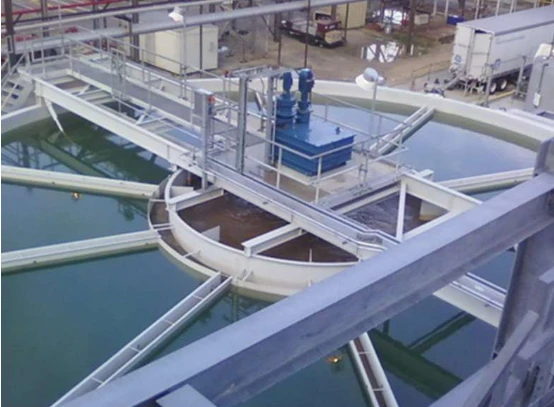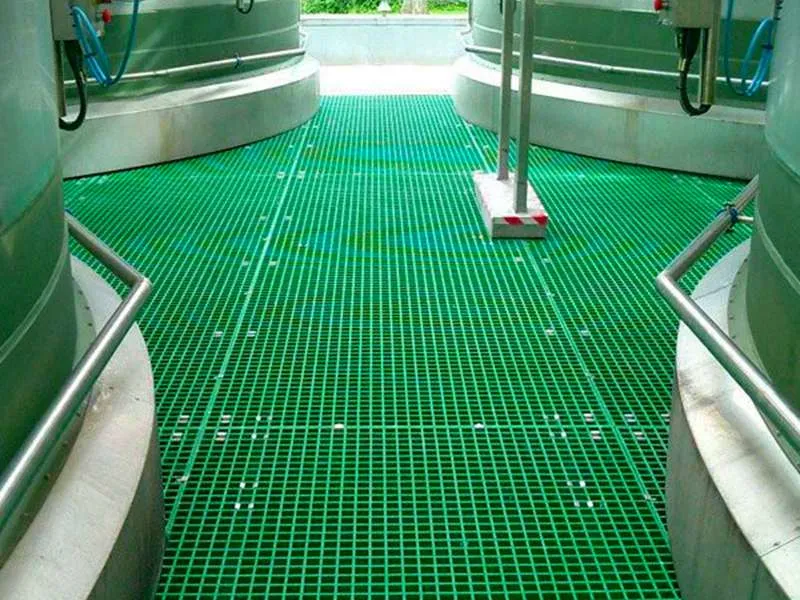
-
 Afrikaans
Afrikaans -
 Albanian
Albanian -
 Amharic
Amharic -
 Arabic
Arabic -
 Armenian
Armenian -
 Azerbaijani
Azerbaijani -
 Basque
Basque -
 Belarusian
Belarusian -
 Bengali
Bengali -
 Bosnian
Bosnian -
 Bulgarian
Bulgarian -
 Catalan
Catalan -
 Cebuano
Cebuano -
 China
China -
 China (Taiwan)
China (Taiwan) -
 Corsican
Corsican -
 Croatian
Croatian -
 Czech
Czech -
 Danish
Danish -
 Dutch
Dutch -
 English
English -
 Esperanto
Esperanto -
 Estonian
Estonian -
 Finnish
Finnish -
 French
French -
 Frisian
Frisian -
 Galician
Galician -
 Georgian
Georgian -
 German
German -
 Greek
Greek -
 Gujarati
Gujarati -
 Haitian Creole
Haitian Creole -
 hausa
hausa -
 hawaiian
hawaiian -
 Hebrew
Hebrew -
 Hindi
Hindi -
 Miao
Miao -
 Hungarian
Hungarian -
 Icelandic
Icelandic -
 igbo
igbo -
 Indonesian
Indonesian -
 irish
irish -
 Italian
Italian -
 Japanese
Japanese -
 Javanese
Javanese -
 Kannada
Kannada -
 kazakh
kazakh -
 Khmer
Khmer -
 Rwandese
Rwandese -
 Korean
Korean -
 Kurdish
Kurdish -
 Kyrgyz
Kyrgyz -
 Lao
Lao -
 Latin
Latin -
 Latvian
Latvian -
 Lithuanian
Lithuanian -
 Luxembourgish
Luxembourgish -
 Macedonian
Macedonian -
 Malgashi
Malgashi -
 Malay
Malay -
 Malayalam
Malayalam -
 Maltese
Maltese -
 Maori
Maori -
 Marathi
Marathi -
 Mongolian
Mongolian -
 Myanmar
Myanmar -
 Nepali
Nepali -
 Norwegian
Norwegian -
 Norwegian
Norwegian -
 Occitan
Occitan -
 Pashto
Pashto -
 Persian
Persian -
 Polish
Polish -
 Portuguese
Portuguese -
 Punjabi
Punjabi -
 Romanian
Romanian -
 Russian
Russian -
 Samoan
Samoan -
 Scottish Gaelic
Scottish Gaelic -
 Serbian
Serbian -
 Sesotho
Sesotho -
 Shona
Shona -
 Sindhi
Sindhi -
 Sinhala
Sinhala -
 Slovak
Slovak -
 Slovenian
Slovenian -
 Somali
Somali -
 Spanish
Spanish -
 Sundanese
Sundanese -
 Swahili
Swahili -
 Swedish
Swedish -
 Tagalog
Tagalog -
 Tajik
Tajik -
 Tamil
Tamil -
 Tatar
Tatar -
 Telugu
Telugu -
 Thai
Thai -
 Turkish
Turkish -
 Turkmen
Turkmen -
 Ukrainian
Ukrainian -
 Urdu
Urdu -
 Uighur
Uighur -
 Uzbek
Uzbek -
 Vietnamese
Vietnamese -
 Welsh
Welsh -
 Bantu
Bantu -
 Yiddish
Yiddish -
 Yoruba
Yoruba -
 Zulu
Zulu
Feb . 13, 2025 13:48
Back to list
frp cover
FRP (Fiber Reinforced Plastic) covers are rapidly gaining attention in the modern world due to their versatility and robustness, making them indispensable in a variety of sectors. These covers serve as an exceptional choice for many industries due to their unique properties that combine strength, durability, and adaptability. Below is an exploration of the essential features, advantages, and diverse applications of FRP covers, aiming to provide a comprehensive guide for both industry professionals and those new to the material.
From a sustainability perspective, FRP covers contribute positively to environmental goals. The production process of FRP material is less energy-intensive compared to traditional materials, resulting in a lower carbon footprint. Moreover, their long lifespan reduces the need for frequent replacements, thereby minimizing waste. Some manufacturers are advancing in recycling technologies, enabling FRP materials to be reprocessed, which enhances their environmental friendliness. In practical applications, FRP covers are used extensively in sectors ranging from wastewater treatment facilities to pedestrian walkways. Their robustness in hostile settings makes them a staple in industrial plants where exposure to chemicals, heavy loads, and operational activities is routine. In public spaces, their aesthetic flexibility and lightweight nature simplify installation processes, speeding up construction projects and reducing labor costs. To maximize the potential of FRP covers, it is essential to collaborate with reputable manufacturers who have a proven track record of delivering high-quality products. Expertise in custom fabrication and a thorough understanding of industry standards ensure that the covers not only meet specific requirements but also adhere to safety and durability expectations. For those contemplating the adoption of FRP covers, a comprehensive assessment of operational needs, combined with consultation from industry experts, can facilitate an informed decision. By prioritizing longevity, safety, cost-effectiveness, and environmental responsibility, FRP covers stand out as the forward-thinking choice for modern infrastructure and industrial applications. In conclusion, FRP covers embody an innovative solution that effectively balances performance, safety, and sustainability. Their adoption across various sectors underscores their reliability, demonstrating a growing recognition of their benefits. As industries continue to evolve, the role of FRP covers is set to expand, offering a future where infrastructure and equipment are not only robust but also aligned with environmental and safety standards.


From a sustainability perspective, FRP covers contribute positively to environmental goals. The production process of FRP material is less energy-intensive compared to traditional materials, resulting in a lower carbon footprint. Moreover, their long lifespan reduces the need for frequent replacements, thereby minimizing waste. Some manufacturers are advancing in recycling technologies, enabling FRP materials to be reprocessed, which enhances their environmental friendliness. In practical applications, FRP covers are used extensively in sectors ranging from wastewater treatment facilities to pedestrian walkways. Their robustness in hostile settings makes them a staple in industrial plants where exposure to chemicals, heavy loads, and operational activities is routine. In public spaces, their aesthetic flexibility and lightweight nature simplify installation processes, speeding up construction projects and reducing labor costs. To maximize the potential of FRP covers, it is essential to collaborate with reputable manufacturers who have a proven track record of delivering high-quality products. Expertise in custom fabrication and a thorough understanding of industry standards ensure that the covers not only meet specific requirements but also adhere to safety and durability expectations. For those contemplating the adoption of FRP covers, a comprehensive assessment of operational needs, combined with consultation from industry experts, can facilitate an informed decision. By prioritizing longevity, safety, cost-effectiveness, and environmental responsibility, FRP covers stand out as the forward-thinking choice for modern infrastructure and industrial applications. In conclusion, FRP covers embody an innovative solution that effectively balances performance, safety, and sustainability. Their adoption across various sectors underscores their reliability, demonstrating a growing recognition of their benefits. As industries continue to evolve, the role of FRP covers is set to expand, offering a future where infrastructure and equipment are not only robust but also aligned with environmental and safety standards.
Next:
Related Products
Latest news
-
High-Quality Fiberglass Car Bodies Durable GRP Car & Boat Body SolutionsNewsJul.08,2025
-
High-Quality Fiberglass Dual Lamination Product Manufacturer Durable FRP & GRP Dual Lamination SolutionsNewsJul.08,2025
-
Rectangular Tank with Dimensions for GRP Calculation Custom Fiberglass GRP Rectangular TanksNewsJul.07,2025
-
High-Quality Fiberglass Weir Custom FRP Weir & Fiberglass Tanks ManufacturerNewsJul.07,2025
-
CPVC FRP Pipe A Reliable Choice for Industrial Applications High Strength & Corrosion ResistanceNewsJul.07,2025
-
Fiberglass Scrubber for Effective Cleaning and Stain Removal – Superior Performance in Various ApplicationsNewsJul.06,2025









